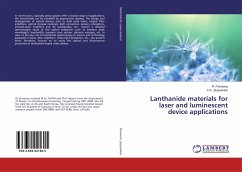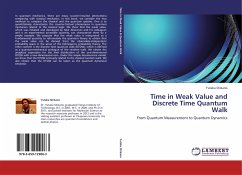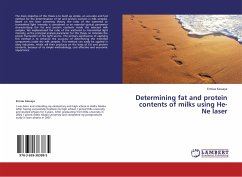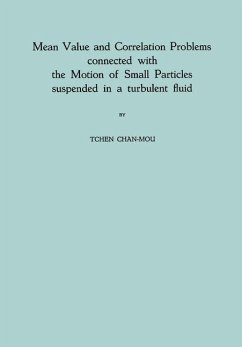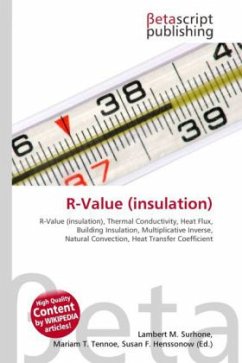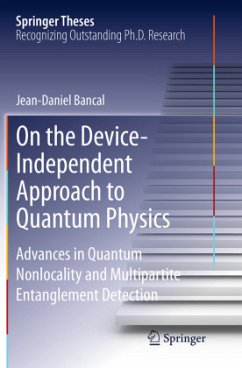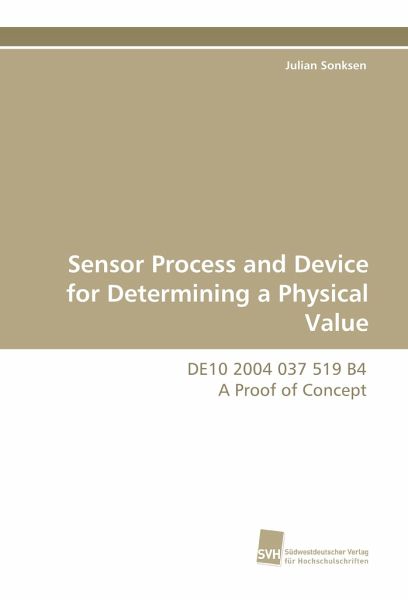
Sensor Process and Device for Determining a Physical Value
DE10 2004 037 519 B4 A Proof of Concept
Versandkostenfrei!
Versandfertig in 6-10 Tagen
53,99 €
inkl. MwSt.

PAYBACK Punkte
27 °P sammeln!
The medicine technology for monitoring the depth of anesthesia currently in use bases on monitoring phenomenological health parameters such as heart frequency, frequency of breathing or blood pressure. However, these parameters are rather unreliable because they are greatly influenced by other medication typically given during anesthesia. As a result, roughly 0.3% of all patients become aware during surgery. The sensor concept treated in this work deals with the core of this problem. In principle it enables the depth of anesthesia to be precisely controlled. The topic of this work is to prove ...
The medicine technology for monitoring the depth of anesthesia currently in use bases on monitoring phenomenological health parameters such as heart frequency, frequency of breathing or blood pressure. However, these parameters are rather unreliable because they are greatly influenced by other medication typically given during anesthesia. As a result, roughly 0.3% of all patients become aware during surgery. The sensor concept treated in this work deals with the core of this problem. In principle it enables the depth of anesthesia to be precisely controlled. The topic of this work is to prove the concepts and ideas behind the patent DE10 2004 037 519 B4 corresponding to the sensor principle valid by showing the reaction of a two-mode laser system to solutions of the anesthetic drug Propofol in liquid phase. The result convinces by its simplicity and clarity; the reaction of the laser to Propofol is not only linear, but also independent of the solvent used. Furthermore, it bases on the effect of mode competition, which is postulated in the patent.



